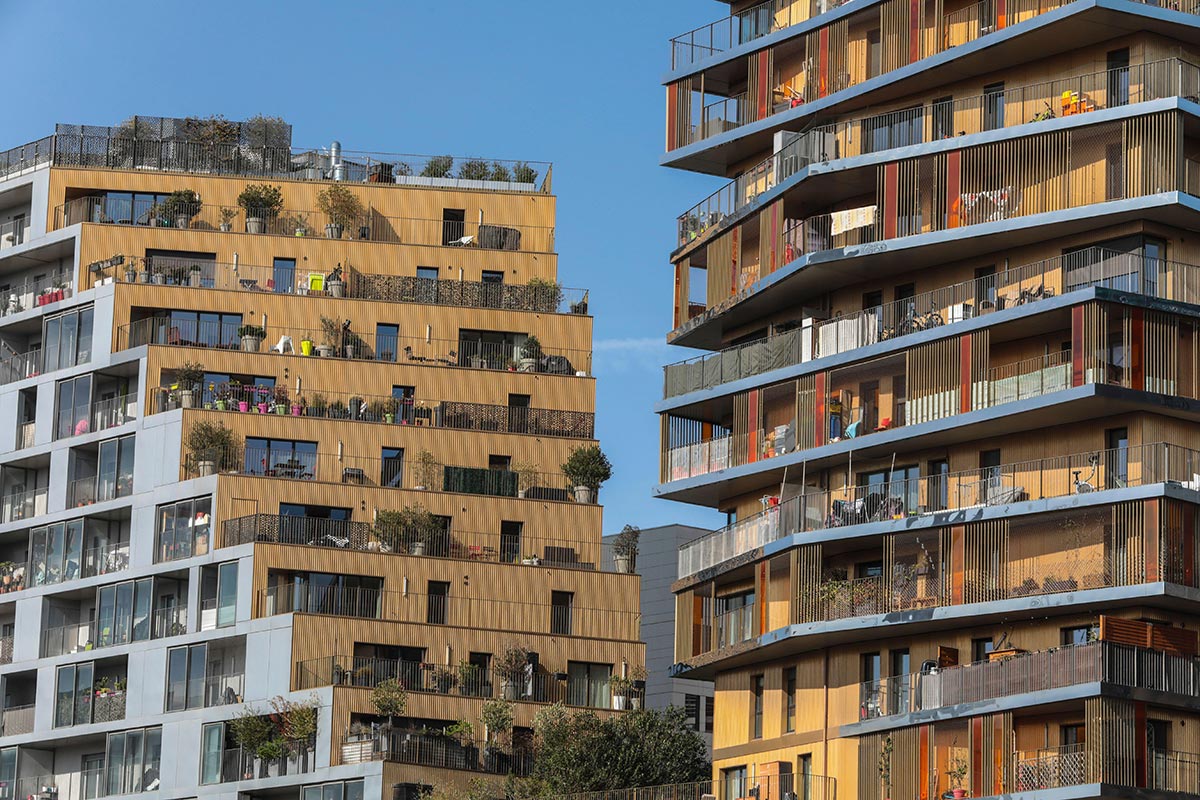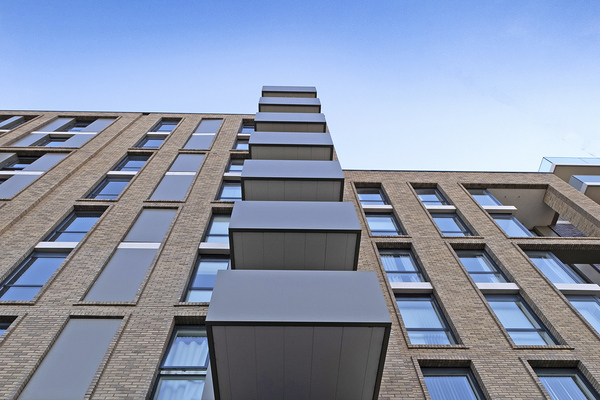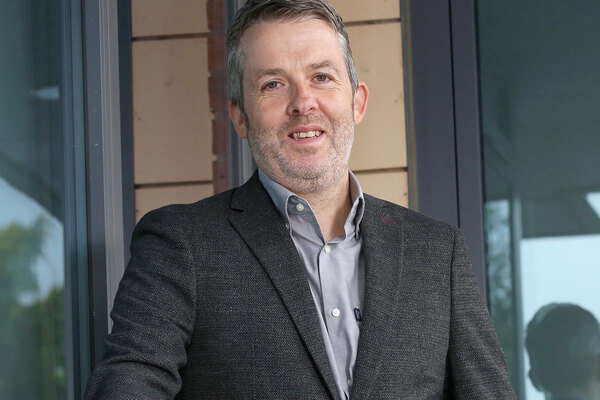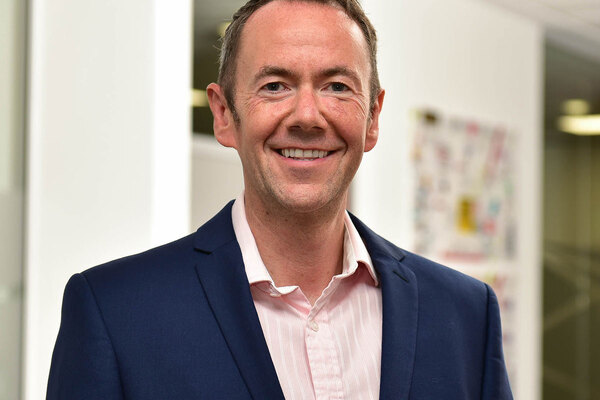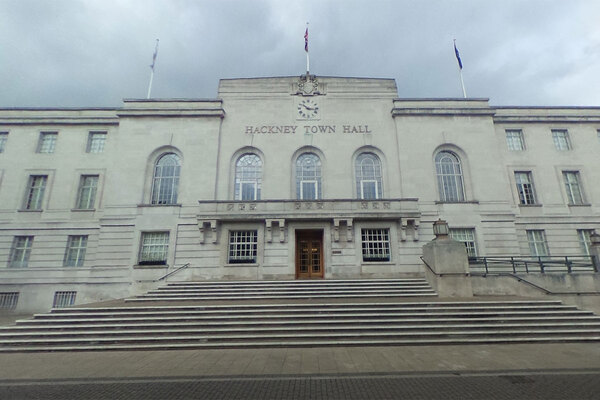You are viewing 1 of your 1 free articles
What Europe can teach us about social housing
It has been decades since the UK built enough social housing to meet demand and radical policy ideas are thin on the ground. As Inside Housing launches our call for a programme of 90,000 social rent homes a year in England, 7,700 in Scotland and 4,000 in Wales, Peter Apps asks: is there anything we can learn from our European neighbours?
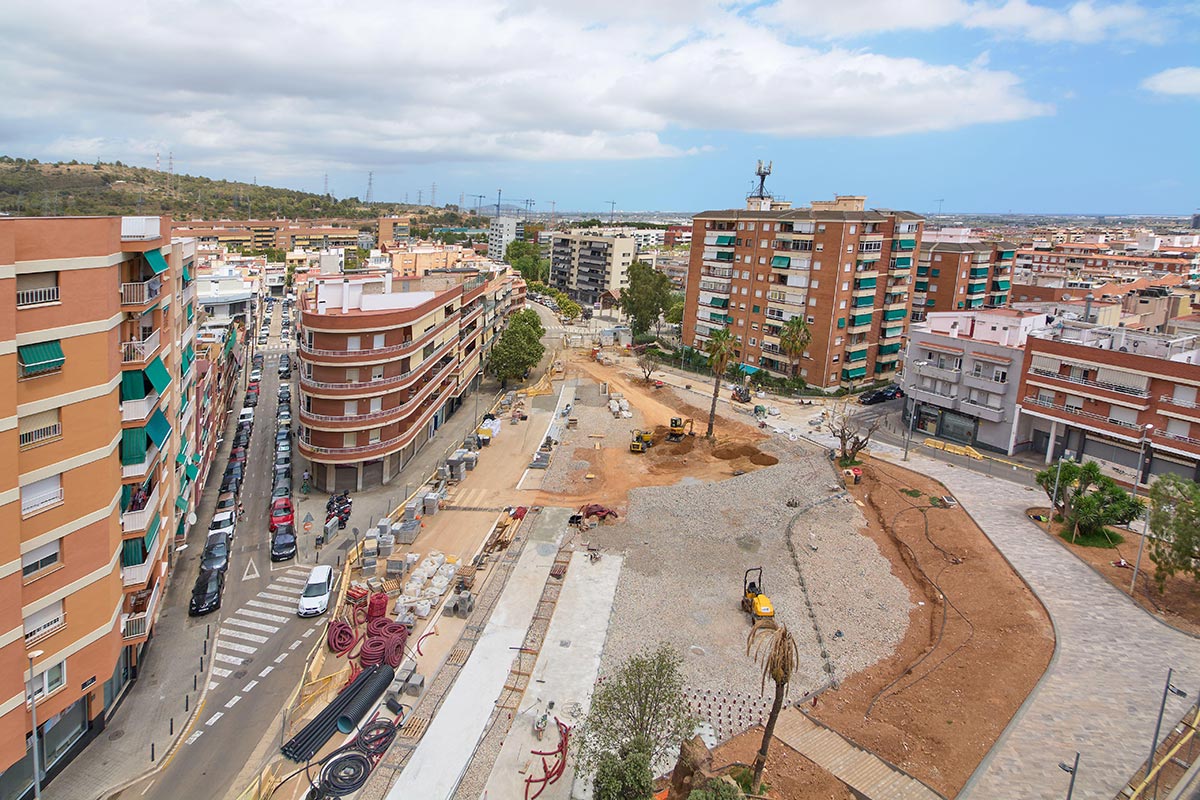

“The places which are really making progress are those which have got a commitment to social housing and are seeing the need to implement interventionist policies which are stopping the worst effects of the market,” says David Ireland, chief executive of World Habitat, a group that works to share examples of successful housing policies from around the globe.
“I can’t really point to anywhere where the opposite approach is proving successful. And yet, in the UK, all political parties seem to remain very focused on deregulating planning and selling off assets.”
Since the 1980s, the UK has come to accept a status quo in terms of housing policy.
Large amounts of the existing stock are sold off or demolished every year, funding for new build is limited, rents are raised and politicians try to relax rules on the private market to offer a solution.
But look to Europe and it becomes obvious that this approach is not the only option.
From a housing perspective, Barcelona is one of the continent’s most interesting cities. After being hit hard by the 2008 financial crisis, a spate of evictions drove a rise in housing activism across Spain.
Activist Ada Colau went from clashing with police as she helped tenants resist evictions, to being elected mayor of the Catalan city in 2015, on the back of a manifesto strongly centred around housing.
Spain has very little social housing, largely because of four decades of fascist rule under General Franco (the dictatorship came to an end in 1975). A Franco-era law privatised social housing after 30 years.
But Barcelona is now building it back. Ms Colau introduced a 10-year housing strategy which includes rent control and limits on new short-term holiday lets. It also seeks to double the 7,500 social homes in the city.
Land is a key part of the puzzle
Eduardo González de Molina, a policy consultant at Barcelona City Council, explains that this involves “acquiring existing housing, and mobilising empty housing”.
Since 2016, Barcelona City Council has acquired 50 private buildings (1,600 housing units), spending €190m. All of them are now council housing, part of the Barcelona Housing Authority’s stock.
The city council is using public land for a major development drive. It has changed the privatisation law and is instead offering the land to community land trusts to develop new schemes.
Similar action is taking place over the border in Portugal, another country with low residual levels of social housing thanks to decades of fascism. The country was a dictatorship from the 1930s to 1974 and private ownership was promoted during this time.
The current socialist government recently approved a package called ‘Mais Habitação’, which translates as ‘More Housing’.
Here, too, the government is looking to control rents and short-term holiday lets by introducing a power for the state to compulsorily let long-term vacant homes to those in housing need and making €250m available for the construction of a new generation of social homes.
Sociologist Sandra Marques Pereira explains that this ambitious project will require the buy-in of municipal governments, some of whom are not as keen on social housing as the national ruling party.
The community land trust model in Barcelona is far more popular in Europe than in the UK.
It involves separating the land from the building, with the land owned by the trust, which commits never to sell it. The buildings are rented or sold to tenants at discounted rates and the trust is run democratically, with the involvement of its residents.
In Brussels, a community land trust model is starting to have a significant impact on the city’s affordable housing. It launched around 10 years ago and now has around 1,000 units in development.
In the UK, there have been fitful and occasional moves in the same direction, but a lack of continuity of funding has prevented the model from ever really taking off.
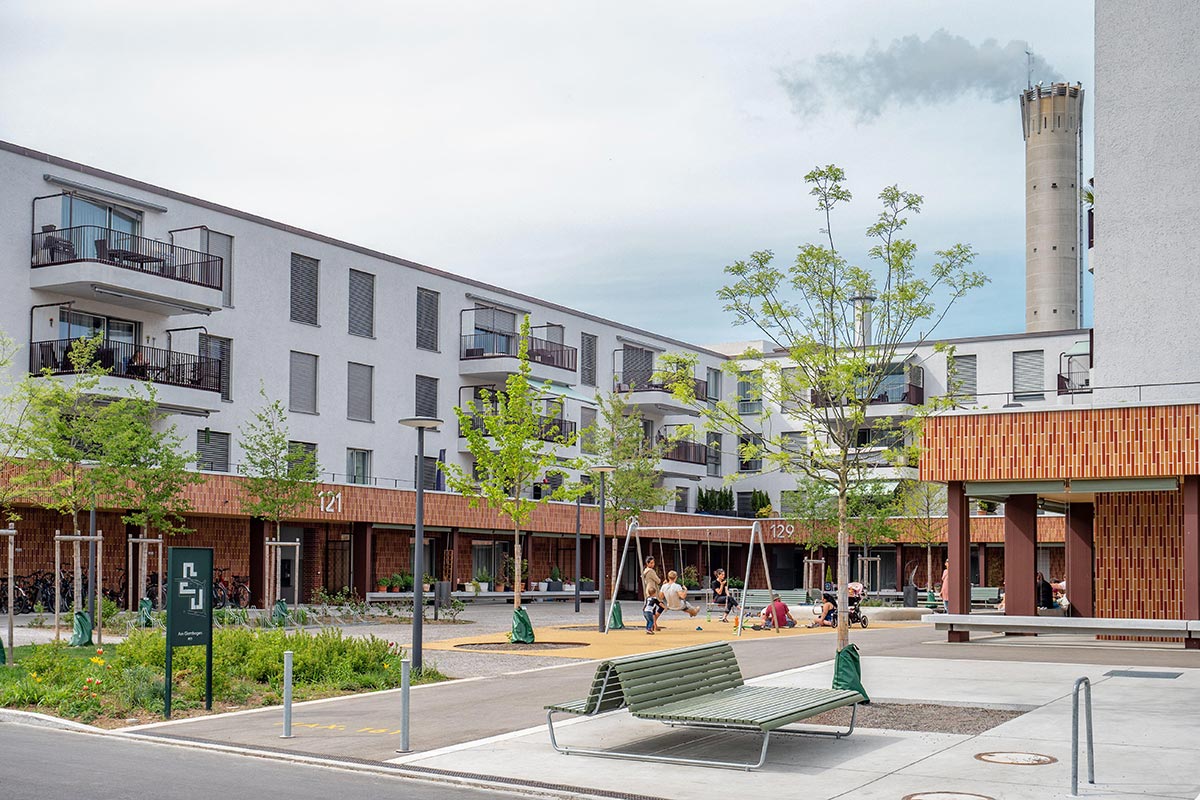
“One thousand homes doesn’t seem like very much, but if you have 50 co-operatives around the country, it does become a major contribution,” says Mr Ireland. “Being able to get lots of flowers to bloom is the bit that we’re not very good at in the UK. We just assume [that] we’ve already got a structure that works and we just keep pushing that.”
In Zurich, a city with very high rates of rented housing, the local authority has set a target for subsidised housing to represent a third of the market. It provides land to community trusts and affordable housing providers at discounted rates to facilitate this.
This has encouraged the development of affordable housing, including co-operatives and cluster blocks where 10 or 12 flats open into communal areas. Here, many citizens are happy to carry on renting throughout their lives, Mr Ireland says, instead of seeing it as a stepping stone to buying.
“One thousand homes doesn’t seem like very much, but if you have 50 co-operatives around the country, it does become a major contribution”
“I think that once they get into that kind of system, there is another form of rented property they can happily move into and so they can stay in a rental, semi-subsidised situation all their lives,” he says.
“The quality of the accommodation is really high. It’s fantastic. But when you look at what it costs people there, even in an expensive city, [the cost is] relatively low. And [the local authority] did this with not loads of subsidy; the real subsidy was the land, which the city provided at the start,” he adds.
Land is also a key part of the puzzle in the Netherlands where – not unlike most of the UK – large not-for-profit housing associations own the majority of the country’s social housing.
“In Amsterdam, the land for social housing will cost only one-tenth of the land for a private market flat,” explains Josta van Bockxmeer, a housing journalist at De Correspondent, a specialist publication. The land is sold by the city to the providers at a discount to allow affordable homes to be built.
The country’s system is not perfect. Waiting lists can be up to 15 years long and those who do not qualify for social housing often cannot afford high private rents.
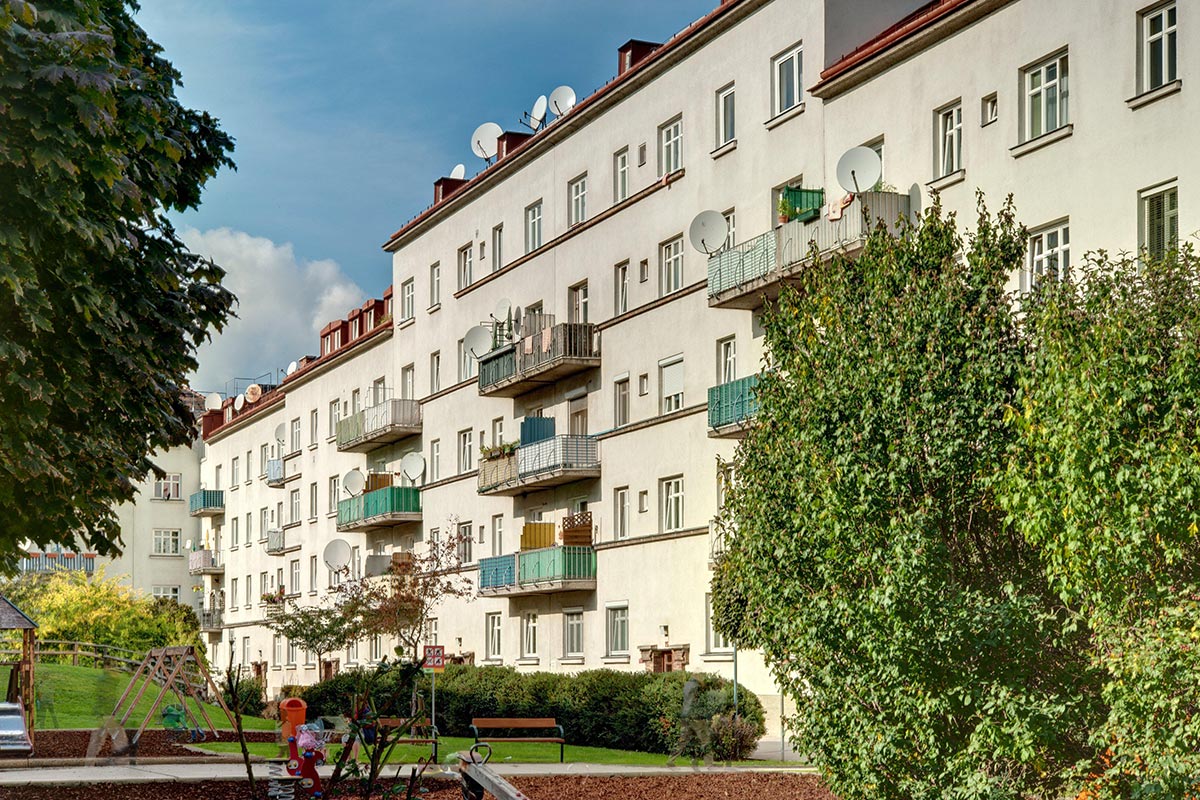
The system has also come under pressure. A right-leaning government in the 2010s used the tax system to encourage housing associations to convert social rented units to private rent.
But social housing providers are highly regulated and the sector is not plagued by concerns about disrepair, as it is in England, Ms van Bockxmeer says.
Austria is frequently cited as an example of successful social housing policy in Europe. This tenure makes up 24% of the country’s housing stock, and just 10.3% of households in the country consider housing costs a “heavy” financial burden, compared with 30% across the rest of Europe.
Austria’s social housing is mostly delivered by ‘limited-profit housing associations’, whose remit and responsibilities are strictly governed by statute.
In Vienna, its capital, land is the first piece of the puzzle. Here, zoning rules set high thresholds for affordable housing provision by the city authority whenever a piece of land is switched to residential use.
This means the cost of social housing is baked into the price paid, and private developers do not outbid social housing providers.
“I’ve seen social housing developments in Vienna with heated swimming pools on the roof and a crèche on the ground floor,” says Dara Turnbull, research co-ordinator at Housing Europe.
Rolling-fund approach
A second piece of the puzzle is the country’s ‘cost-based’ rents, which set rents in accordance with the cost to the social housing provider of running the property, instead of in reference to the market.
Homes which have been in the system for a long time and have paid off the original debt of constructing them create a surplus which is then banked to build more.
This rolling-fund approach is popular around Europe. In Denmark, surplus funds from social housing rents around the country are pooled into a triple-A rated finance pot, from which very cheap debt can be raised.
The same methodology is applied to a degree in the UK. The surpluses generated by not-for-profit housing associations are reinvested in new build and maintenance. But it is far harder to make it work, because much of the UK’s older, debt-free social housing has been sold off under the Right to Buy.
“The idea that you would sell off a debt-free product for peanuts would feel like a crazy policy to many Europeans,” says Mr Turnbull.
“In places like Vienna and Denmark, the homes are affordable housing in perpetuity. That means the sector can stand on its own two feet financially, as it does in much of Europe, while still charging affordable rents. It’s a scandal which I’m surprised more people in Britain don’t talk about.”
Another example of a successful rolling-fund model comes from France, where a good deal of social housing is funded through personal savings. Many citizens use a popular government-backed savings account called a Livret A, which holds hundreds of billions in savings that the state uses to invest in public projects.
“That money is pooled and loaned at favourable interest rates to social housing providers,” explains Mr Turnbull. “It has also been used to finance schools, public transport and other public infrastructure.”
“In places like Vienna and Denmark, the homes are affordable housing in perpetuity. That means the sector can stand on its own two feet financially, as it does in much of Europe, while still charging affordable rents. It’s a scandal which I’m surprised more people in Britain don’t talk about”
The French system of social housing involves four tiered levels of rent, catering for those on no income, low incomes, middle incomes and those who need extra care. Municipalities are set targets for the amount of social housing they should have as a proportion of their housing stock, and can be fined if they miss them. The country builds around 80,000 social homes a year.
“Many people in France associate social housing with tower blocks outside Paris, but that’s not the majority of social housing. In cities like where I live, in Lille, the social housing is woven into the fabric of the city,” says Mr Turnbull.
“Politicians see its value, because if you don’t have affordable housing, you don’t have the teachers, nurses, hairdressers and everyone else you need to keep a city going,” he adds.
With key workers being priced out of many of our cities by housing costs, politicians in the UK are yet to really grasp this concept. When they finally do, they may find some of the solutions that are working in Europe also stand a chance of working here.
Aims of our Build Social campaign
For all political parties to commit to funding a substantial programme of homes for social rent in their manifestos at the next general election. This includes:
● 90,000 social rented homes a year over the next decade in England.
● 7,700 social rented homes a year in Scotland.
● 4,000 social rented homes a year in Wales.
Inside Housing commits to:
● Work to amplify the voices of people who need social housing, including families living in temporary housing and overcrowded conditions.
Sign up for our development and finance newsletter
Already have an account? Click here to manage your newsletters



